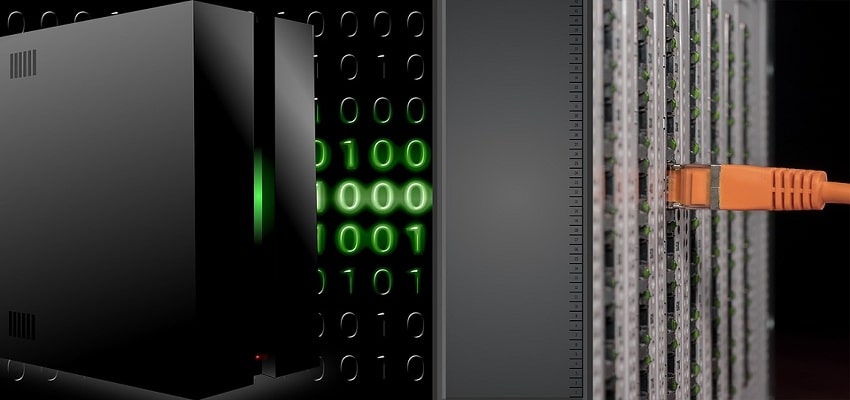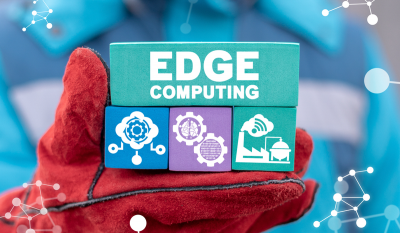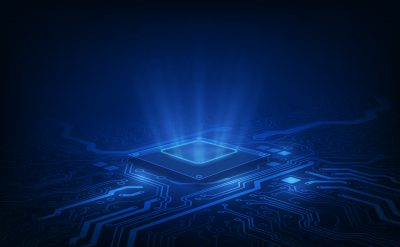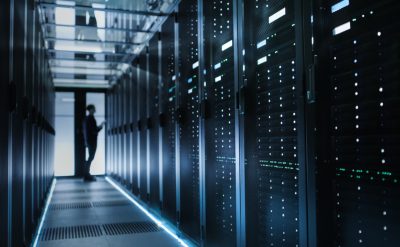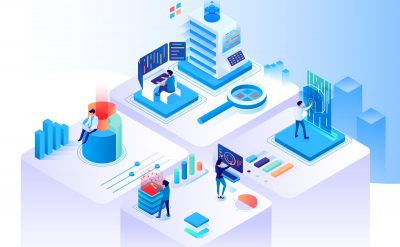Connectivity is the implications of all technological advancement we have made till now. We live in a world that is interconnected on several platforms our mobile is connected to our bank; our car is connected to the service stations system. Everything is connected to one another, forming a mesh of devices and applications around us. The Internet of Things (IoT) is already taking the world of technology and consumer devices transforming our connectivity. New connectivity issues and implementation of a digital strategy to cope-up with increased demand on the organizational level have led to the requirement of new infrastructure technology. According to the recent estimate by the tech industry experts, it was estimated that by 2021 the IoT market will grow in size nearly up to $520 billion. They also believe that IoT is the key for digital business strategies, helping the current exponential growth of the IoT connected technologies.
This would also mean that the current IT teams and decision makers would need to adopt the new infrastructures and solutions to meet with demand for the data. There also has been a speculation about what we would also require an effort in terms of edge computing solutions to provide real-time analytics that would be required by the IoT devices. The speculation will fast be turning into a real-life scenario. Industry in terms of automation is transferring a lot of data, the enterprise generated data from outside the traditional cloud computing has reached a new peak. It’s estimated that data from such sources would increase by 75 percent by 2022.
New solutions have to be formulated in the edge computing to beat the demand for data in real-time and also satisfy the demand for the analytics. The increase in big data load and need of real-time computing, traditional cloud architecture will need to be evolved for taking in a more decentralized approach towards the data processor within the nearby source. The decentralized approach helps in processing the data closer to the source without breaking the response between analytics and device. Edge computing is one such technology that enterprises need when dealing with real-time data analytics. Edge solutions help in increasing the data computing efficiencies but also help in the implementation of technologies like data center management-as-a-service known as DMaaS. These technologies help the enterprise to scale different operations, increase data security and cost.
Using the DMaaS, the currently used data center management solutions can effectively implement various solutions for cost-effective metrics and analysis. As data processing moves towards the edge technology to satisfy different needs of real-time data insights, enterprises will turn towards the easy-to-use, low-cost cloud solution DMaaS to monitor the infrastructure of the network. Find a list of Data solutions Whitepapers.
The real-time data solution allows the organization to be more effectively managing and capitalize the immediate customer opportunities. A real-time data solution is a solution for organizations to increase the efficiency of current resources.
Here are some examples of real-time data solutions:
Retailers:
Online retailers are facing a problem of abandoned shopping carts in the parking lot. Such abandoned shopping carts are being seen at various shopping places, where either people leave them unknowingly or knowingly. Using real-time analytics data shoppers will now be able to interact with executives about the product thus making it easy for decision making. The online retailers are also facing similar issues about product variations and quality and real-time data solutions can help the user directly interact with the product.
Industries:
Manufacturing Plants need to be maintained daily for the desired output. IoT devices combined with real-time analytics can help the manufacturing plants fill-in the gap between the desired output and current output. Manufacturing plants go under a constant, wear and tear resultingly in operational failure. To avoid such situations of loss, a real-time analytics can help to identify the situations and helping us in advance to prepare for the situation.
Emergency Response:
Real-time and fast is imperative in case of emergency response time, ambulances and fire tenders need real-time data on the traffic and ground situation to act effectively. With inclined use of IoT devices and real-time analytics, emergency services can view the data before making any decisions about their next course of action.
Real-time analytics of data helps the organization relate the insights from the data to various situations that can help the organization. Many organizations are adopting the edge based technology along with IoT to deliver the audience with required products and even customize them according to their needs. For more information, you can download whitepapers on Data solutions.































































